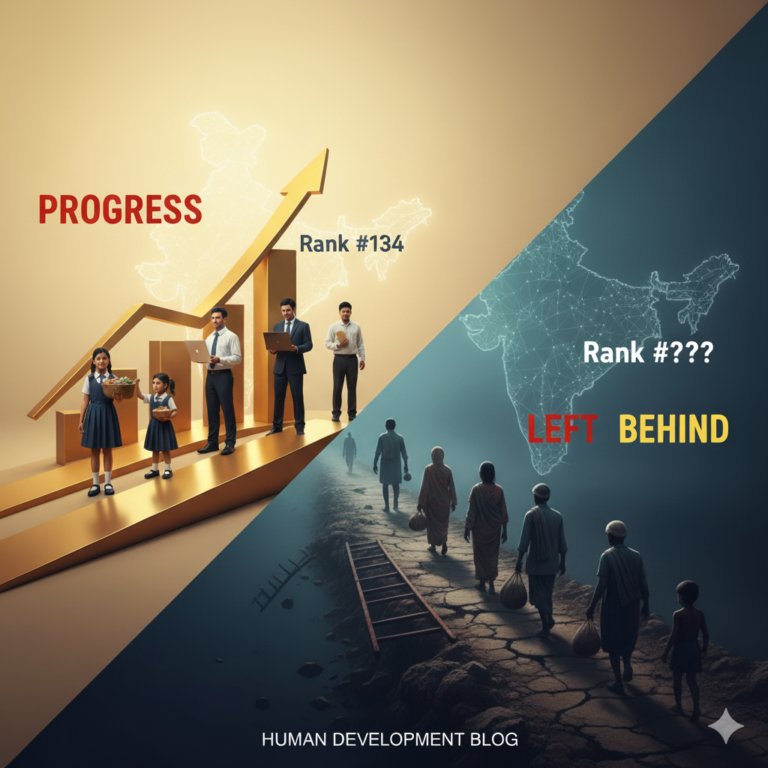Blurring the Line Between Brain and Machine Artificial Intelligence (AI) has transformed how we interact with technology, from personalized recommendations to autonomous vehicles. Yet, a key distinction remains between human cognition and current AI models—memory. While humans can remember and build upon previous experiences, most AI systems suffer from what is known as “catastrophic forgetting.” When trained on new tasks, they tend to forget older ones. But this may soon change. Scientists are now developing AI systems that emulate human memory processes, allowing machines to learn more like we do—continuously, adaptively, and efficiently.
This article explores how brain-inspired memory mechanisms, particularly the NMDA receptor, are helping shape the next generation of artificial intelligence.
Understanding Human Memory: The Biological Blueprint
Human memory operates through a remarkably intricate system. One of the key components in the consolidation of memory in the brain is the NMDA (N-Methyl-D-Aspartate) receptor. This receptor plays a vital role in synaptic plasticity, which allows neurons to strengthen their connections through repeated stimulation—a process at the heart of learning and memory.
Key Functions of NMDA Receptors:
- Facilitate synaptic plasticity
- Enable long-term potentiation (LTP)
- Support the formation and retention of memories
By understanding how the NMDA receptor works, scientists can design AI systems that mimic this biological mechanism, thereby giving machines the ability to “remember” and learn from past tasks.
What is Catastrophic Forgetting in AI?
One of the major limitations of traditional machine learning models is catastrophic forgetting. When neural networks are trained on a new dataset, they often overwrite or lose previously learned information. This becomes a significant issue in environments where AI must adapt to new data continuously, such as in robotics, healthcare diagnostics, or autonomous systems.
Example Scenario: Picture an AI system initially trained to recognize animals. When later trained to recognize vehicles, it might forget how to identify animals altogether. Unlike humans, who can accumulate knowledge over time, traditional AI systems struggle to retain what they’ve learned.
Mimicking Human Memory in AI: How Does It Work?
Researchers are addressing this problem by integrating memory systems inspired by the human brain. These approaches aim to enhance the AI’s ability to store and recall information selectively, much like the human mind.
Techniques Being Explored:
- Neurosynaptic Models: Mimicking synaptic activity in neural networks using biological principles.
- Reinforcement Learning with Memory Modules: Adding memory layers that store previous learning experiences.
- Elastic Weight Consolidation (EWC): Protecting important neural pathways from being overwritten during new training phases.
- Memory-Augmented Neural Networks (MANNs): AI models equipped with external memory units that allow dynamic storage and retrieval.
These innovations are directly influenced by how the brain consolidates memory and are helping create AI systems capable of lifelong learning.
The Role of NMDA-Inspired Models in AI Development
Recent research has focused on using NMDA receptor-based models to enhance memory retention in AI. By simulating how these receptors support memory consolidation and long-term learning in the brain, AI systems are becoming better at remembering and integrating new information.
Benefits of NMDA-Inspired Memory Models:
- Improved learning stability
- Greater adaptability in dynamic environments
- Enhanced decision-making
- More human-like behavior and reasoning
For instance, an AI using NMDA-inspired learning could remember a patient’s medical history while continuously updating its understanding of new symptoms, improving diagnostic accuracy over time.
Continuous Learning: A Step Toward General Intelligence
The holy grail of artificial intelligence is achieving Artificial General Intelligence (AGI)—a form of AI that can learn and perform any intellectual task a human can. Emulating human memory processes is a crucial step toward this goal. Memory that evolves and expands over time allows machines to make connections between old and new data, leading to more contextual and accurate outcomes.
Real-World Applications of Continuous Learning AI:
- Healthcare: AI doctors that remember and learn from every patient interaction.
- Autonomous Vehicles: Systems that adapt to changing traffic patterns over time.
- Education: AI tutors that remember student weaknesses and adjust teaching methods accordingly.
- Cybersecurity: Systems designed to dynamically adjust and detect emerging threats in real time, enabling prompt responses.
Challenges and Limitations
Although brain-inspired AI holds great potential, it remains in the nascent phase. Numerous technical and ethical hurdles must be addressed before it can be widely adopted:
Technical Barriers:
- Complexity of accurately modeling biological systems
- High computational power requirements
- Limited scalability of current prototypes
Ethical Considerations:
- Ensuring AI memory doesn’t violate user privacy
- Safeguarding against manipulation or unethical use of AI that stores long-term information
- Developing transparent learning systems
Researchers are actively working on overcoming these challenges by using hybrid models, improved computational frameworks, and more responsible AI training protocols.
The Indian Perspective: A New Frontier for Brain-Inspired AI
India, with its growing technological infrastructure and a booming startup ecosystem, is well-positioned to contribute to and benefit from brain-inspired AI. Institutions like the Indian Institute of Science (IISc), IITs, and emerging AI startups are investing in neuromorphic computing and bio-inspired AI.
India’s Strengths in This Domain:
- World-class talent in AI and neuroscience
- Rising government investment in research and development
- An expanding network of AI startups and dynamic innovation centers
For example, collaborative initiatives between AI researchers and neuroscientists in India are beginning to investigate how concepts like memory consolidation can be modeled in algorithms for healthcare diagnostics, fraud detection, and agricultural automation.
What the Future Holds
The journey toward human-like AI memory is not just a scientific challenge—it’s a philosophical one. What does it mean for machines to remember? To learn without forgetting? To adapt like a human?
While we are still years away from truly human-level memory in machines, the path we’re on is promising. By emulating memory processes like those controlled by NMDA receptors, AI can become more stable, intelligent, and intuitive.
Conclusion: Memory Makes the Machine
The fusion of neuroscience and artificial intelligence represents one of the most exciting frontiers in technology today. Mimicking human memory processes could make AI systems not just smarter but more human. From solving catastrophic forgetting to enabling real-time adaptability, AI with memory is no longer a science fiction concept—it’s becoming a reality.
With continued research and cross-disciplinary collaboration, especially from emerging tech leaders like India, we can look forward to a future where AI learns not just to compute, but to remember, adapt, and grow.
References:
- MIT Technology Review – Brain-Inspired AI
- DeepMind – Lifelong Learning
- Indian AI Innovation Report – NASSCOM
🖋️ Author’s Note:
By mimicking the human brain, we aren’t just advancing technology—we’re redefining what machines can become. With India stepping up in the AI innovation race, there’s tremendous opportunity for our researchers and startups to lead in this revolutionary space. The future of AI lies not just in algorithms, but in understanding ourselves better.









+ There are no comments
Add yours